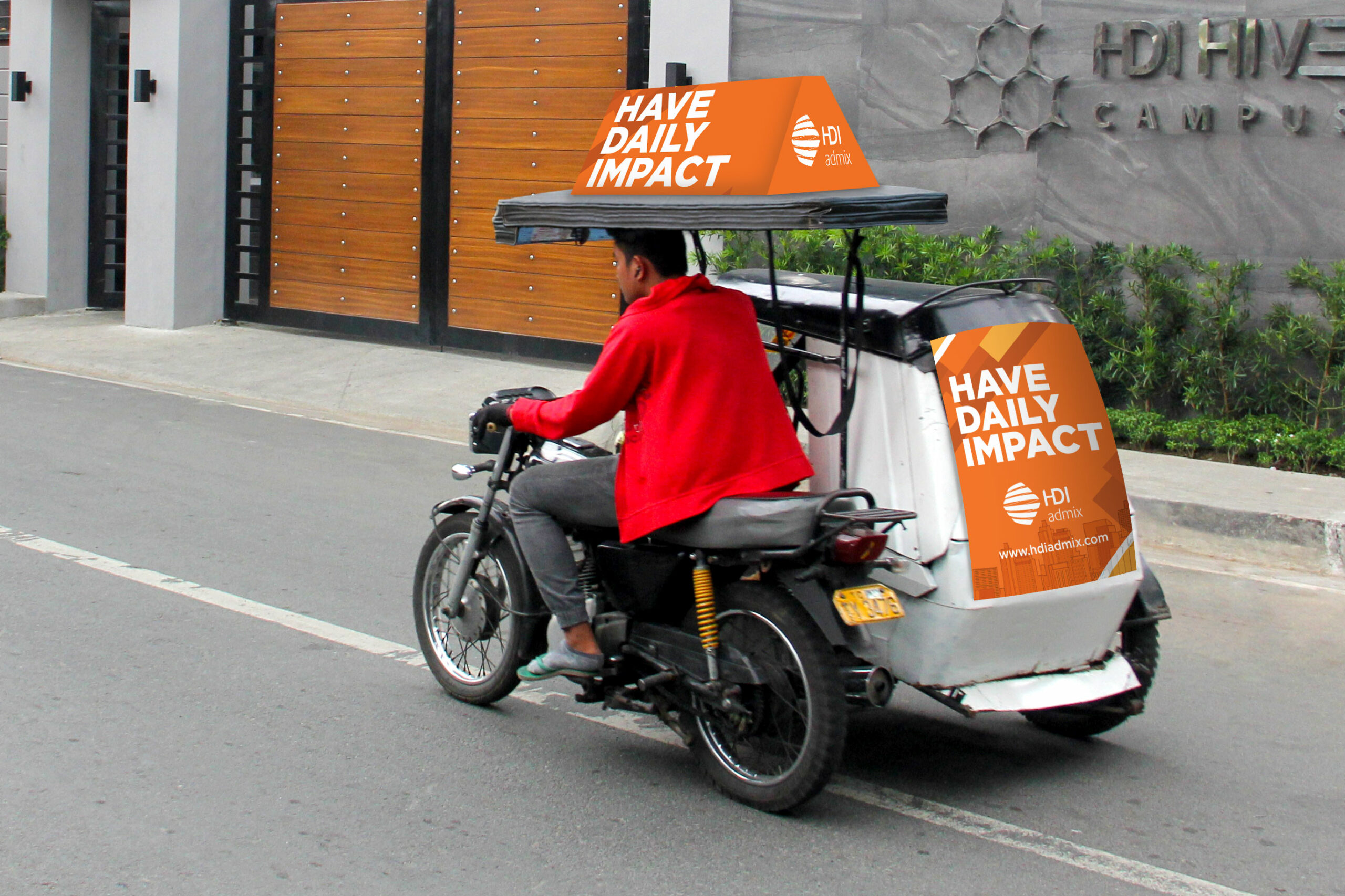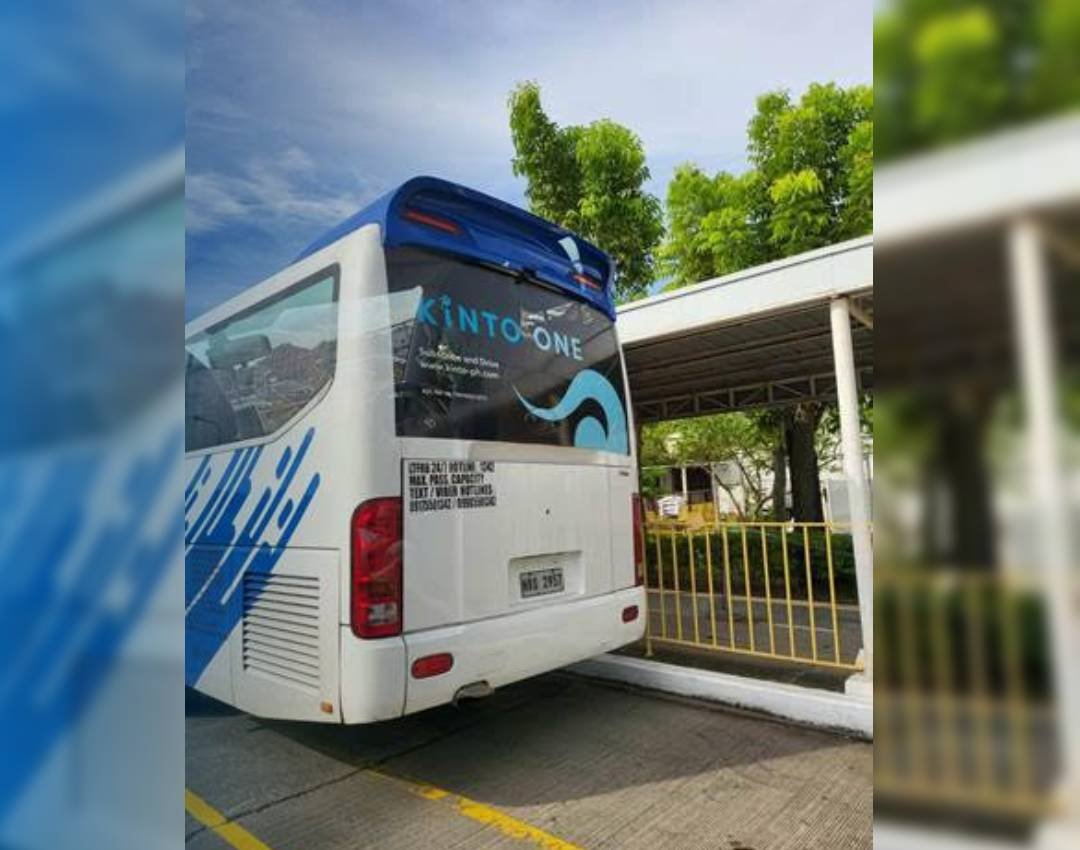Transit Advertising Philippines: A Cutting-edge Way to Advertise
Transit Advertising Philippines: A Cutting-edge Way to Advertise
Blog Article
How Transit Marketing Can Transform Mass Transit Spaces Into Dynamic Advertising And Marketing Platforms
Transportation advertising and marketing holds considerable possibility to redefine public transportation areas right into vibrant advertising and marketing systems that involve and inform. By making use of innovative styles such as electronic displays and interactive booths, brands can not only get to a varied target market but likewise improve the total traveler experience. This method produces an one-of-a-kind opportunity for brands to link with customers in a setup that is frequently forgotten. As we discover the multifaceted benefits and developing approaches of transit marketing, it elevates the question of exactly how this makeover might redefine our communications with both brand names and the urban environment.
Benefits of Transportation Advertising And Marketing

In addition, transit marketing is highly cost-effective contrasted to standard media. It enables advertisers to attain high impacts at reduced prices, taking full advantage of return on investment. The restricted target market of travelers provides a chance for brands to share their messages to individuals that are frequently responsive during their traveling times.
Additionally, the vibrant nature of transportation marketing permits campaigns to be updated regularly, ensuring that messaging stays pertinent and timely. This adaptability can be important in reacting to market trends or advertising events, keeping the brand name top-of-mind for customers. Last but not least, the pervasive existence of transportation advertising adds to brand name recall; duplicated exposure within familiar travel contexts strengthens brand name recognition and fosters consumer loyalty, eventually enhancing and driving sales brand track record.
Kinds of Transit Advertising
Public transportation systems give numerous formats for advertising, each satisfying different advertising strategies and audience interaction techniques. One famous kind is outside bus and train covers, which cover the whole vehicle and create a mobile billboard impact, enabling high presence in urban environments. These wraps can catch interest as they go across busy roads, getting to a varied audience.
An additional preferred style is interior advertising and marketing, that includes posters, digital screens, and advertisements on transportation seats. These placements involve travelers during their journey, enhancing brand messaging in a confined room. Digital shows, in particular, offer the benefit of dynamic web content, making it possible for advertisers to update messages in real-time.
Terminal marketing is also substantial, featuring posters, banners, and interactive stands within transit terminals. These ads leverage foot website traffic and can target particular demographics based upon place.
Lastly, advertising partnerships with transportation authorities can result in one-of-a-kind campaigns, such as themed transportation experiences or events, boosting the overall involvement with commuters. Each kind of transit marketing offers unique benefits, enabling brand names to tailor their technique to effectively reach their target market within the general public transportation ecological community.
Engaging Commuters Properly
Commuters are progressively flooded with marketing messages throughout their daily journeys, making it crucial for brands learn this here now to engage them in cutting-edge means. To capture interest in this jampacked space, advertisers need to focus on creativity and importance. Making use of distinctive visuals and succinct messaging can considerably boost the chance of involvement.
Interactive components, such as QR codes or increased reality features, can likewise change static ads into immersive experiences, promoting a much deeper link with the target market. Brand names need to concentrate on dealing with commuters' requirements and rate of interests, customizing messages to reverberate with their way of living, whether via promos for neighborhood businesses or services designed to enhance their commuting experience.
Furthermore, timing plays an important function; tactically putting ads during peak commuting hours can optimize exposure and effect. Engaging travelers efficiently also involves leveraging social media assimilation, permitting travelers to share their experiences or promotions directly from transit platforms, therefore intensifying brand name reach.
Basically, effective engagement rests on recognizing the traveler journey and producing engaging, interactive, and appropriate advertising experiences that not just catch attention yet likewise drive action and commitment. By doing so, brands can transform public transport into a dynamic advertising and marketing platform that reverberates with its target market.

Measuring Marketing Impact
Just how can brand names accurately analyze the efficiency of their marketing campaign in transit settings? Determining the impact of transportation advertising calls for a multifaceted strategy that integrates measurable and qualitative metrics. One widespread technique is tracking involvement with mobile analytics, where brand names can evaluate foot website traffic patterns and app communications before, throughout, and after projects.
Surveys can give important understandings into brand recall and customer sentiment, enabling brand names to evaluate just how well their messages resonate with commuters. In addition, keeping track of social media sites engagement pertaining to details campaigns can expose changes in public assumption and brand discussion.

In addition, collaborating with transit companies can enhance measurement accuracy, as they frequently possess detailed market data on ridership trends. By integrating these methodologies, brands can develop an extensive understanding of their advertising and marketing performance, ensuring that their projects not just get to but likewise impact their target audiences efficiently.
Future Patterns in Transportation Marketing
A considerable shift is expected en route advertising as technological advancements and transforming customer actions improve the landscape. Transit Advertising i was reading this Philippines. The combination of interactive media and electronic screens is expected to enhance involvement, enabling brands to deliver vibrant content that resonates with varied target markets. As mass transit systems embrace clever innovation, advertisers will utilize real-time data analytics to tailor messages based upon traveler demographics and behaviors
In addition, increased reality (AR) is positioned to reinvent the way travelers engage with advertisements. By giving immersive experiences, AR can change a mundane trip into an interesting narrative that records interest and fosters brand name loyalty. This technology will likely motivate marketers to produce even more experiential campaigns that drive customer interaction.
Sustainability is an additional vital trend affecting transportation marketing. As ecological consciousness expands, brands will progressively seek to line up with environmentally friendly techniques, utilizing lasting materials and promoting environment-friendly efforts within their projects.
Conclusion
In conclusion, transit advertising offers significant advantages by enhancing brand visibility and engaging a restricted target market. As fads advance, the possibility for cutting-edge communications in between brand names and commuters is poised to expand, ensuring that transportation advertising and marketing continues to be an essential part of contemporary advertising techniques.
Transit marketing holds considerable potential to redefine public transportation spaces right into vivid advertising and marketing platforms that educate and engage. The pervasive visibility of transportation marketing contributes to brand name recall; duplicated exposure within acquainted traveling contexts strengthens brand recognition and promotes consumer commitment, eventually driving sales and improving brand name track record.
How can brand names precisely assess the performance of their marketing campaigns in transportation atmospheres?In verdict, transportation advertising supplies considerable benefits by improving brand name exposure and involving a captive target market. Transit Advertising Philippines. As patterns evolve, the capacity for innovative communications between brand names and commuters is poised to expand, guaranteeing that transportation advertising and marketing stays an important element of modern-day advertising and marketing methods
Report this page